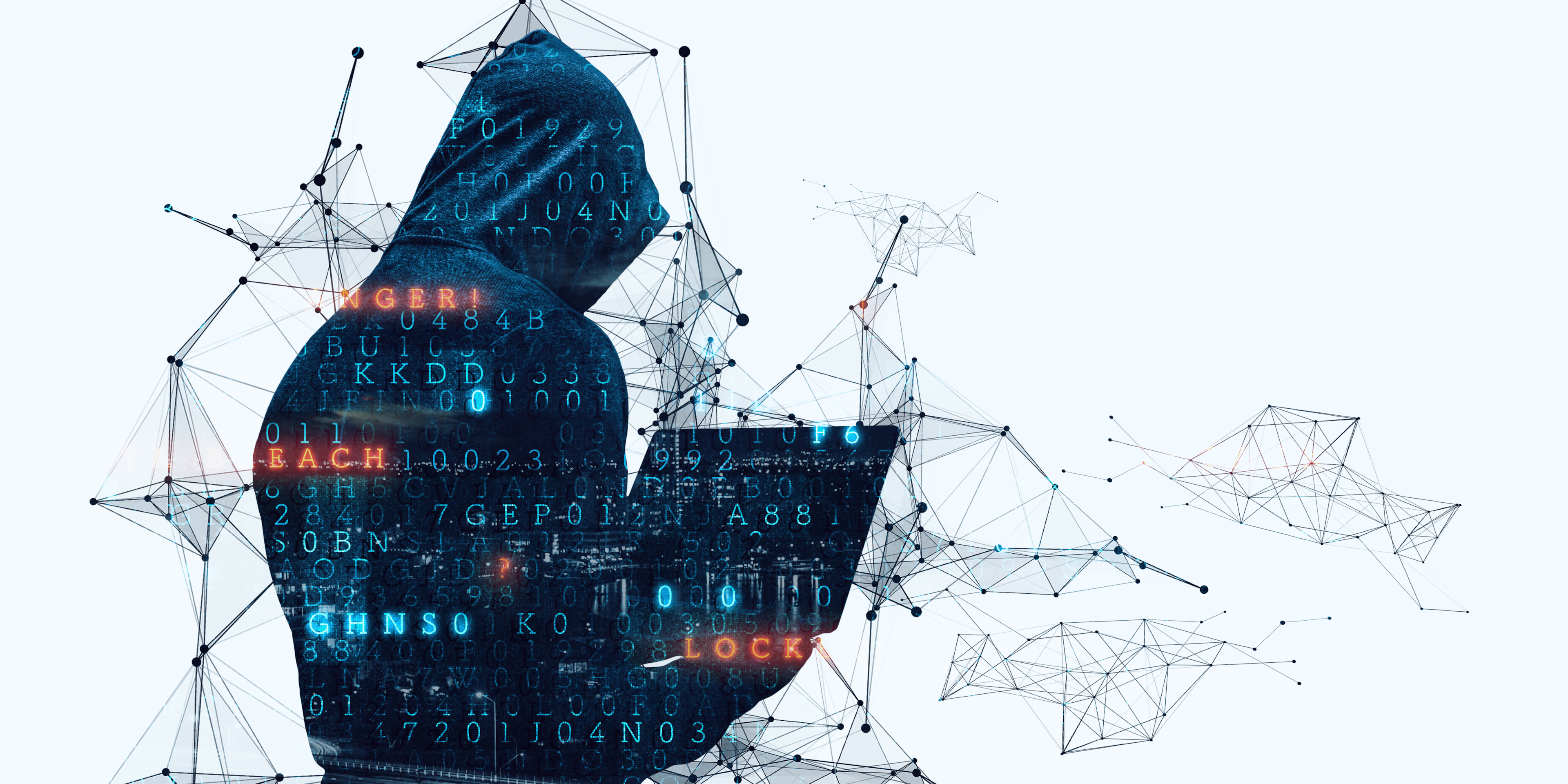In today’s world, cybersecurity is a critical concern for organizations of all sizes. With the constant evolution of sophisticated cyber threats, many businesses are exploring the option of outsourcing their Security Operations Center (SOC) to enhance their security posture. In this comprehensive article, we will discuss the benefits of outsourcing SOC, the differences between in-house and outsourced cybersecurity operations, and what to look for in a third-party provider.

Understanding Security Operations Centers
A Security Operations Center (SOC) is a centralized unit within an organization that focuses on the continuous monitoring, detection, analysis, and response to cybersecurity incidents. The primary goal of a SOC is to protect critical systems, sensitive data, and maintain a robust security posture.
To achieve this, SOCs utilize various security professionals, tools, and processes to ensure the organization’s security. In this section, we will delve deeper into the key components and functions of a Security Operations Center.
Key Components of a Security Operations Center
- Security Analysts: These professionals are responsible for monitoring security events, analyzing security data, and identifying potential threats. They play a critical role in detecting and responding to incidents, and they work closely with other members of the SOC team.
- Incident Responders: When a security incident is detected, incident responders jump into action to contain, eradicate, and remediate the threat. They possess in-depth knowledge of various attack vectors and techniques, and they work to minimize the potential damage caused by security incidents.
- Threat Intelligence: Threat intelligence involves gathering, analyzing, and disseminating information about emerging threats, threat actors, and attack methodologies. This information is used to proactively identify potential threats and improve the organization’s security defenses.
- Security Tools and Technologies: SOCs use a variety of tools and technologies to monitor, detect, and respond to security incidents. Some common tools include Security Information and Event Management (SIEM) systems, intrusion detection systems (IDS), intrusion prevention systems (IPS), endpoint detection and response (EDR) solutions, and network traffic analysis tools.
- Processes and Procedures: A well-defined set of processes and procedures is crucial for an effective SOC. These processes include incident response procedures, event management, threat hunting, vulnerability management, and risk assessment.
Functions of a Security Operations Center
- Continuous Monitoring: SOCs monitor an organization’s networks, systems, and applications 24/7 to detect suspicious activity or potential threats. This enables the SOC team to identify and respond to security incidents in real-time, reducing the risk of successful cyber attacks.
- Threat Detection: By analyzing security data from various sources, such as logs, network traffic, and alerts, SOCs can detect potential threats and security incidents. This information is then used to inform incident response efforts and proactively protect the organization.
- Incident Response: When a security incident is detected, the SOC team is responsible for containing the threat, eradicating the root cause, and remediating any damage caused. This includes coordinating efforts with other teams within the organization, such as IT, legal, and public relations.
- Threat Hunting: Proactive threat hunting involves searching for previously undetected threats or vulnerabilities within the organization’s environment. This process can help identify and address security gaps before they can be exploited by attackers.
- Reporting and Communication: SOCs are responsible for maintaining clear lines of communication with other teams and stakeholders within the organization. This includes providing regular reports on the organization’s security posture, ongoing threats, and incident response efforts.
The Difference Between In-House and Outsourced SOCs
Traditionally, organizations have managed their security operations internally, with an in-house SOC providing security expertise and managing security technologies.
However, managing an internal security operations center can be resource-intensive, time-consuming, and may not always provide the desired level of protection against the latest threats.
In-house SOCs, also known as internal SOCs, are managed by the organization’s security team. This setup requires a significant investment in infrastructure, personnel, training, and ongoing maintenance.

Additionally, an in-house SOC may face challenges in keeping up with the rapidly changing cybersecurity landscape and may struggle to recruit and retain skilled security professionals.
Outsourcing your security operations to a specialized provider, commonly known as SOC as a service, has become an attractive option for many organizations.
An outsourced SOC can deliver a higher level of security maturity, tailored specifically to the organization’s specific needs and business processes, while also offering cost savings compared to an internal SOC.
Key Benefits of Outsourcing SOC
- Access to Specialized Expertise and Latest Security Solutions: Security analysts, incident responders, and threat intelligence experts work together in an outsourced SOC team to quickly identify and respond to new threats. This specialized expertise can be difficult to maintain in-house, as internal staff may have other priorities or lack the latest knowledge on emerging threats.
- Cost Savings: Outsourcing your security operations to a third-party provider can lead to significant cost savings. By partnering with an external SOC provider, organizations can avoid the high costs associated with building and maintaining an in-house SOC, as well as the expenses related to recruiting, training, and retaining skilled security professionals.
- Scalability: An outsourced SOC provider can scale their services to match the needs of your organization, allowing you to adjust the level of security support as your business grows or faces new challenges. This flexibility can be invaluable in maintaining an agile security posture in the face of evolving cyber threats.
- Compliance and Risk Management: Outsourcing cybersecurity operations can help organizations meet regulatory compliance requirements, manage risk, and provide strategic consulting on overall security posture. Compliance management and event management are vital components of a robust security program, and outsourcing SOC can ensure these processes are handled efficiently and effectively.
- Focus on Core Business: By outsourcing your security operations to a specialized provider, your organization can focus on its core business processes, allowing your in-house team to concentrate on other priorities that drive growth and innovation.
What to Look for in a Third-Party SOC Provider
When considering an outsourced SOC provider, it is essential to look for a company with a proven track record in cybersecurity operations and a strong commitment to staying current with the latest security solutions.

Additionally, it is crucial to assess the provider’s ability to:
- Scale with your organization’s needs
- Integrate with your existing security technologies
- Maintain clear communication channels and provide regular reporting
- Offer customizable service level agreements
- Ensure a seamless onboarding process and ongoing support
- Provide a comprehensive range of services, including threat hunting, endpoint detection, incident management, and log management
- Demonstrate expertise in regulatory compliance and risk management
- Exhibit a strong track record in incident response and mitigating cyber threats
Considerations Before Outsourcing Your SOC
While outsourcing SOC can offer many benefits, it is crucial to carefully evaluate your organization’s specific needs and objectives before making a decision.

Some factors to consider before outsourcing your SOC include:
- Assessing your current security posture: Analyze your existing security infrastructure, personnel, and processes to determine if outsourcing SOC would be the most effective solution for your organization.
- Identifying your organization’s unique security requirements: Different industries and businesses may have specific security needs and regulatory requirements. Ensure that the third-party provider can meet these demands and provide tailored solutions for your organization.
- Evaluating potential providers: Conduct thorough research on potential SOC providers, including their reputation, expertise, services offered, and client testimonials. Request case studies or references to gauge their ability to meet your organization’s security needs.
- Reviewing SLAs and contracts: Ensure that the SLAs and contracts provided by the outsourced SOC provider align with your organization’s expectations for security monitoring, incident management, and support. Clearly outline the responsibilities of both parties to avoid potential misunderstandings or conflicts.
- Ensuring seamless integration: Choose a SOC provider that can integrate their services with your existing security technologies, tools, and processes. This will enable a more efficient and effective security program.
- Establishing clear communication channels: Effective communication is vital in a successful partnership with external SOCs. Establish regular communication channels, reporting, and meetings to ensure both parties are aligned on security objectives and performance.
Conclusion
Outsourcing your cybersecurity operations to a SOC can offer many benefits to organizations looking to enhance their security posture, manage sophisticated cyber threats, and focus on their core business processes.

By partnering with a reliable third-party provider, organizations can access specialized expertise, the latest security solutions, and achieve cost savings while maintaining control over their security operations.
Carefully evaluating your organization’s needs and potential SOC providers will ensure a successful partnership that drives improved security outcomes and supports your organization’s growth and innovation.






